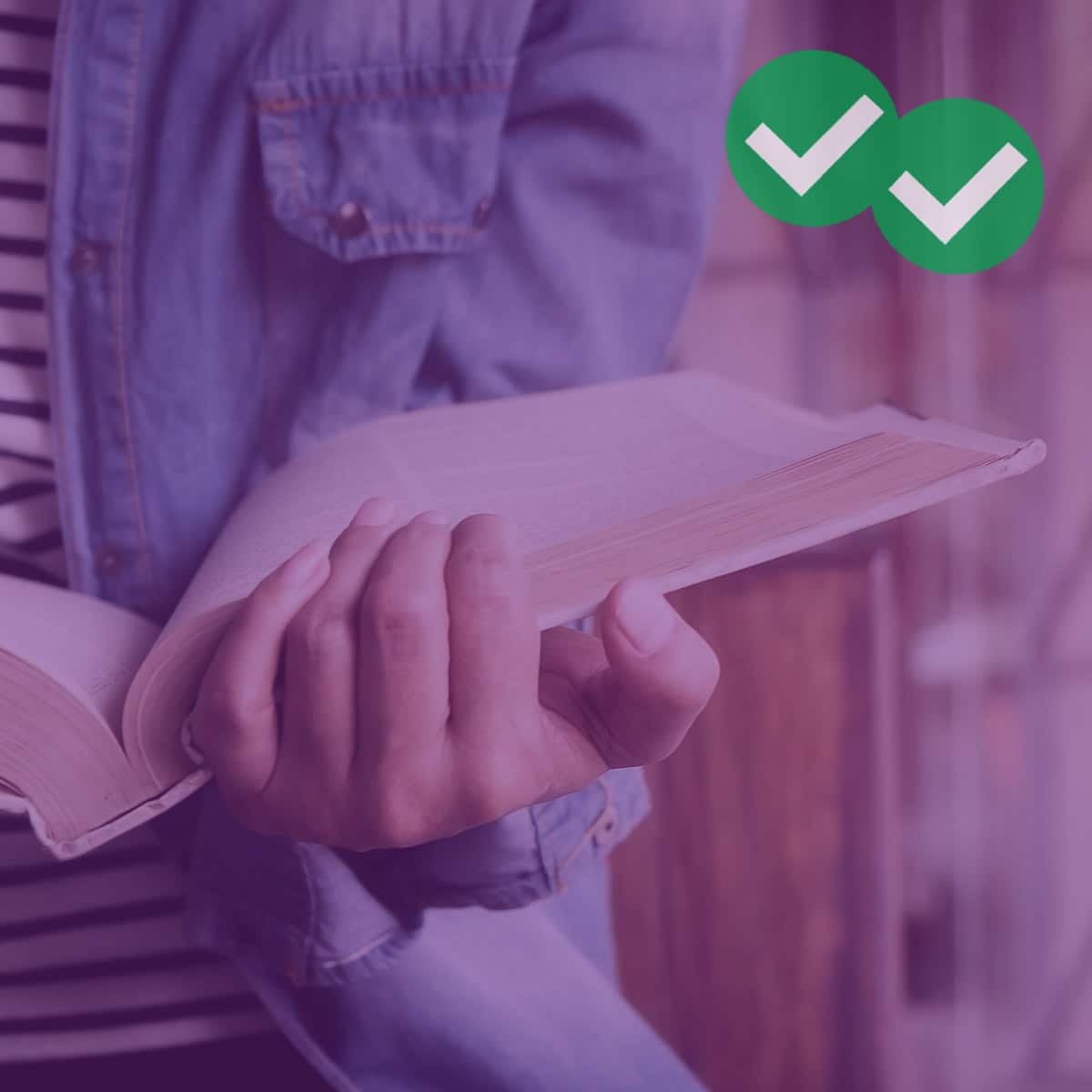
This post was updated in 2024 for the new GMAT.
Not surprisingly, one of the very best ways to prepare for GMAT Reading Comprehension is simply to read, preferably from a high-quality reading list of GMAT-style material. If you have only a few weeks between now and when you take the GMAT, you probably should stick to GMAT RC passages for practice. If, though, you have several months between now and your GMAT, you can afford to invest time in reading for the GMAT. If you don’t like to read, that is all the more reason to do so — to get your mind in shape for the reading you will have to do on the GMAT.
What to read for the GMAT
First of all, what subject areas would be relevant? All GMAT Reading Comprehension passages fall into one of four areas:
1. Physical Sciences
2. Biological Sciences
3. Social Sciences
4. Business
A good reading plan to improve your GMAT Verbal skills should cover all four of these areas and should consist of articles written with a high level of vocabulary and sentence complexity. So, while reading a Wikipedia article about a science topic you don’t understand might pique your interest, there’s no guarantee that the grammar or diction will be of the highest quality. You want to be sure to practice with materials that are on par with what you’ll encounter during the GMAT Verbal section.
The easiest GMAT Reading Comprehension area for which to make a recommendation is business. If you’ve spent any time with GMAC’s Official Guide, you’ve likely noticed that there are more business-based Reading Comprehension passages than any of the other three categories. Makes sense. This is an exam that one takes on the road to applying to MBA programs.
If you are planning to go to Business school, get an MBA, and pursue a corporate career, you already should be reading the Financial Times newspaper every day and the Economist magazine every week. I also recommend Bloomberg Businessweek. If you have never taken economics, it would be worthwhile to get either an Economics text book or some other introductory books, such as Yoram Bauman‘s Cartoon Introductions to Micro and Macroeconomics. Those latter two books may not be at the highest level of English language usage, but if you are lacking a strong background in economics, those books would be an excellent way to catch up.
For both the physical and biological sciences, Scientific American is an excellent source. If you have a relatively weak background in the natural sciences in general, pushing yourself through Scientific American articles could be excellent training for wrestling with similar passage on the GMAT. If you are more ambitious, get your hands on a textbook (borrow from a friend or from the library) and force yourself to read a couple chapters.
For the social sciences, unfortunately, most popularly available publications (e.g. Psychology Today) are not nearly academic enough. Occasionally, the New York Times will cover an academic social science issue; in particular, if the Sunday NYT Book Review reviews a book about a social science, that can be good material to read. Here, unfortunately, there is no analog to the Economist magazine or Scientific American. If you really want social science reading practice, I have to banish you to the academic journals. Go to a good academic library and peruse the highly respected social science journals. Yes, this will be very dry and cerebral, but if you can stomach these, then anything the GMAT throws at you will seem easy. You may also try this open access listing of online academic journals.
The New Yorker and the Atlantic Monthly are exceptionally well-written journals. The focus of each is a little more literary, so the topics are somewhat less likely to appear on the GMAT, but because the writing is of exceptionally high quality, these still provide excellent practice for sophisticated reading.
How to read for the GMAT
An essential skill you can hone as you prepare to dive into GMAT Reading Comprehension is to read with a purpose. What we mean by “a purpose” is to adopt an active reading strategy, making note of the elements that often pop up in GMAT questions. For example, GMAT Reading Comprehension almost invariably asks a “main idea” question. So, when you read for practice, make a habit of summarizing the main idea(s) and the roles of each paragraph. Here are a few high-level suggestions:
- Identify the main point of the article as well as the author’s purpose in writing the article. These are not the same thing, although they are often confused.
- Identify the author’s tone by paying attention to any stated opinions. Also pay attention to the adjectives the author uses throughout the article.
- Make sure you distinguish the author’s opinion from the other perspectives shared in the article and whether they agree or disagree with the author.
Practicing an active reading strategy will help you develop a much deeper understanding of the text.
A final suggestion is to find a GMAT reading partner. Then, if both of you struggle through the same article, you can quiz each other on the main idea, you can discuss points of view and tone and details. If you are very ambitious, you can even start to write full practice GMAT Reading Comprehension questions for each other. (If you practice having to create four tempting and credible-sounding wrong answers for each question you write, that process will give you great insight into the patterns that the GMAT uses in crafting its wrong answers.)





